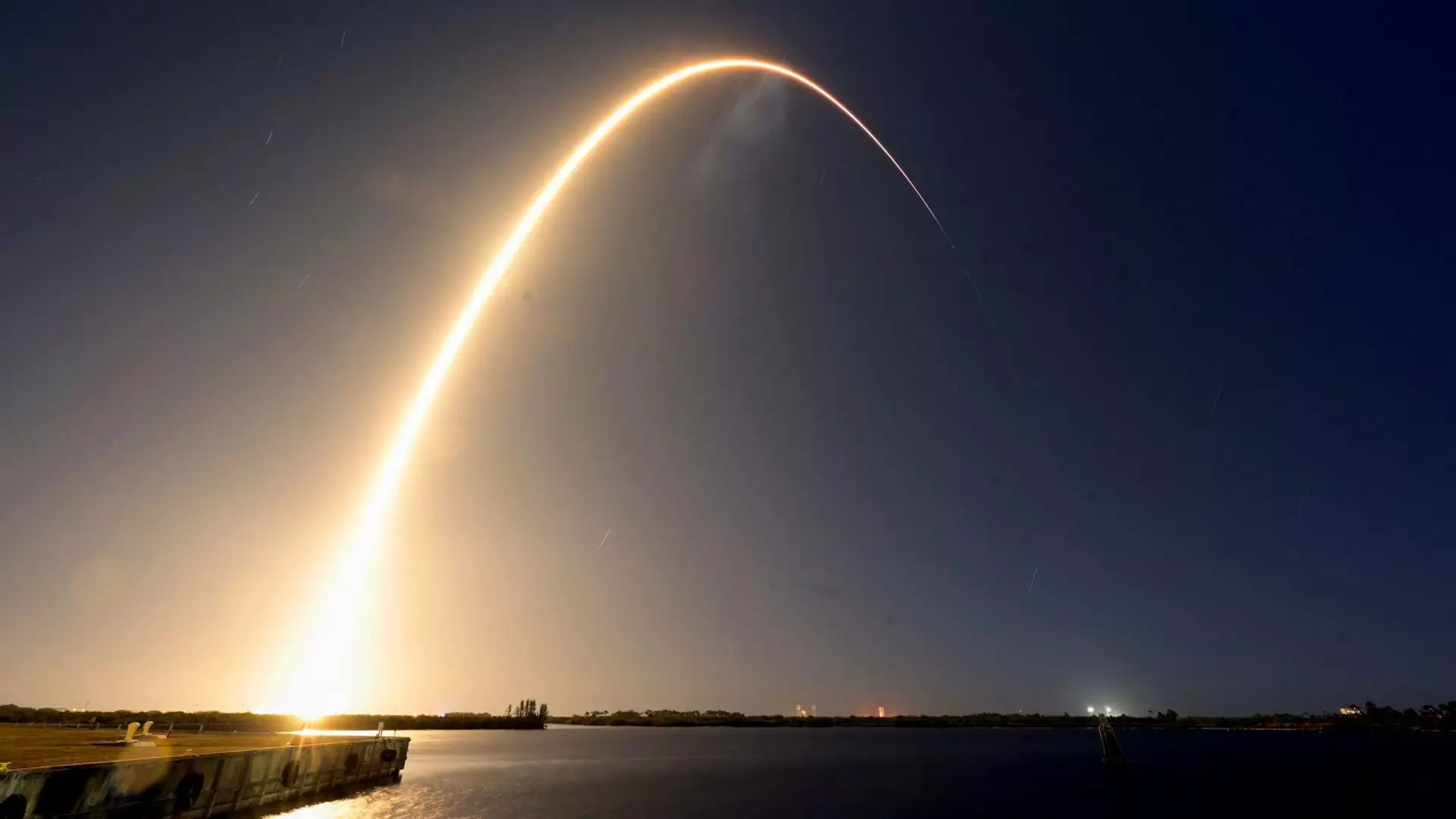In an era marked by an intense resurgence of interest in lunar exploration, Firefly Aerospace is making significant strides with its pioneering lunar mission. The Texas-based company recently sent its “Blue Ghost” cargo lander on a challenging 45-day journey to the Moon aboard a SpaceX Falcon 9 rocket. This mission not only underscores Firefly’s strategic pivot towards lunar operations but also highlights the growing importance of private-sector involvement in space exploration, particularly as NASA fuels its Artemis program aimed at returning humans to the Moon.
Firefly CEO Jason Kim expressed the company’s commitment to engaging with the burgeoning market for lunar services, emphasizing the need for precise execution in the ensuing phases of the mission. The “Blue Ghost” mission serves as a robust entry point for Firefly into NASA’s Commercial Lunar Payload Services (CLPS) initiative, which seeks to deliver scientific research and cargo to the Moon. With the potential for multiple missions, this venture represents not just a technical challenge but an opportunity to pave the way for sustainable lunar operations.
measuring nearly seven feet in height, the Blue Ghost lander is emblematic of Firefly’s innovative capabilities. Named after a rare species of firefly from the U.S., the craft is not merely performing a logistical task; it carries ten payloads which include a combination of government and commercial projects. The execution of these tasks stems from a substantial $101 million NASA contract, highlighting the financial backing and credibility bestowed upon Firefly in this competitive sector.
Initially established for launching satellites into orbit with its Alpha rocket series, Firefly has now diversified its portfolio to include lunar landers and space tugs, creating a more comprehensive approach to space missions.
The mission is a key part of a broader narrative in which several companies are racing to achieve robust lunar operations. Firefly’s efforts align with those of other players in the sector, like Astrobotic and Intuitive Machines, both of which attempted lunar missions in the previous year—revealing a landscape fraught with challenges, given Astrobotic’s unsuccessful maneuver and Intuitive Machines’ lander tipping, albeit surviving the ordeal.
Firefly has set forth a meticulous plan, outlining 17 milestones to be achieved throughout the Blue Ghost mission. As of the latest updates, the company has successfully completed five milestones, including the critical phases of both launch and initial spacecraft testing in orbit. This systematic approach is crucial for minimizing risks and maximizing success rates in such a complex field.
The proposed landing for Blue Ghost is slated for March 2, targeting the Mare Crisium lunar basin on the Moon’s near side. Once safely on the lunar surface, Firefly aims to operate the lander effectively over a full lunar day, which spans approximately 14 Earth days. This operational window will not only validate the technologies involved but will also feed critical data back to both the scientific community and the aerospace industry.
In an interesting twist to the launch narrative, the Falcon 9 rocket also carried a lander from Japanese firm ispace, which represents a growing trend of collaborative missions designed to share launch costs. Such arrangements are becoming essential as numerous lunar endeavors proliferate, with NASA anticipating as many as five U.S.-based companies to undertake lunar landing missions within 2025.
Firefly Aerospace’s Blue Ghost mission stands as a hallmark of the increasing collaboration between commercial entities and government space agencies, revealing a future where the Moon is not just a destination for discovery, but a bustling hub for scientific research and technology development. As the mission progresses, it will play a critical role in shaping the trajectory of lunar exploration and demonstrating the viability of commercial lunar services—ushering in a new era of space endeavors that will ultimately lay the groundwork for humanity’s return to the Moon. The stakes are high, and the excitement is palpable as we watch how these ventures unfold, knowing that the Moon could soon become a focal point of human activity like never before.

